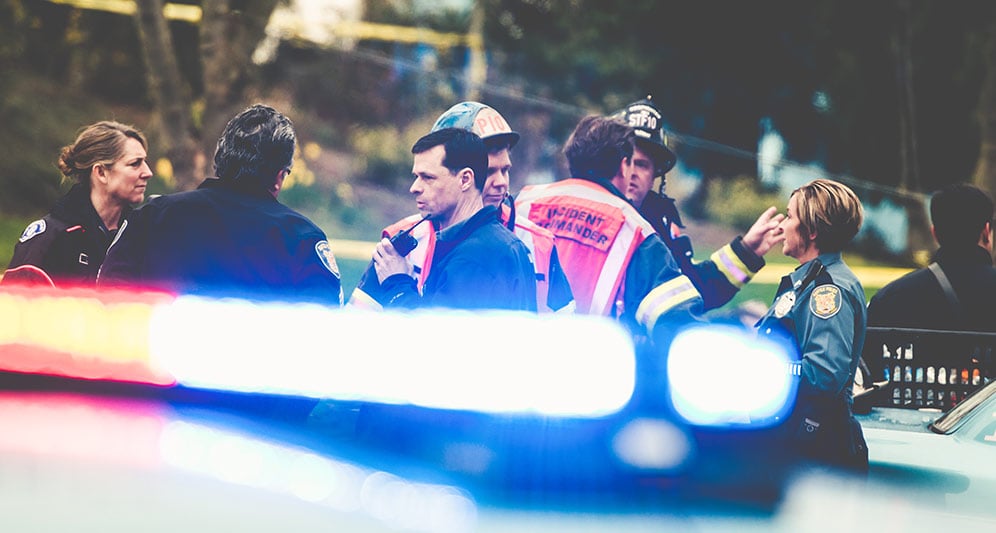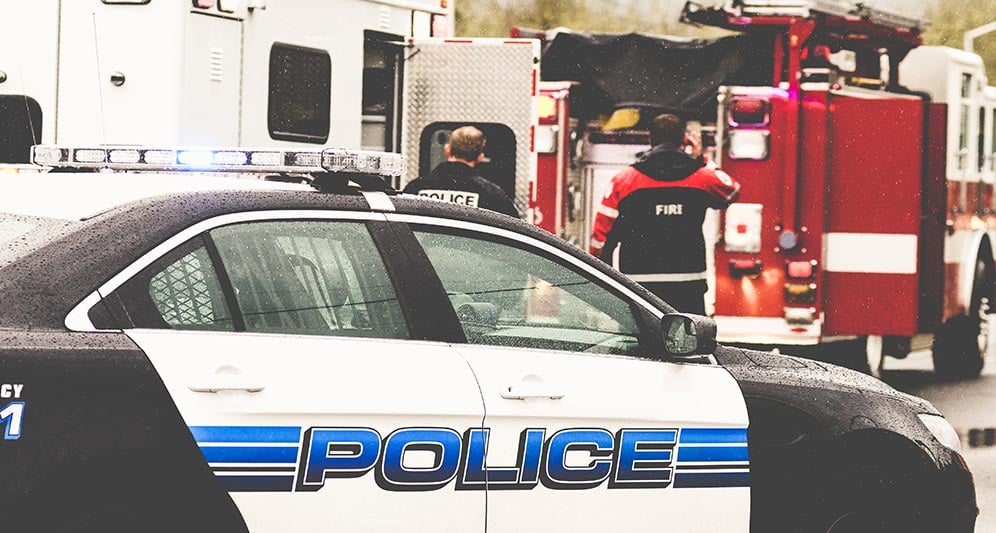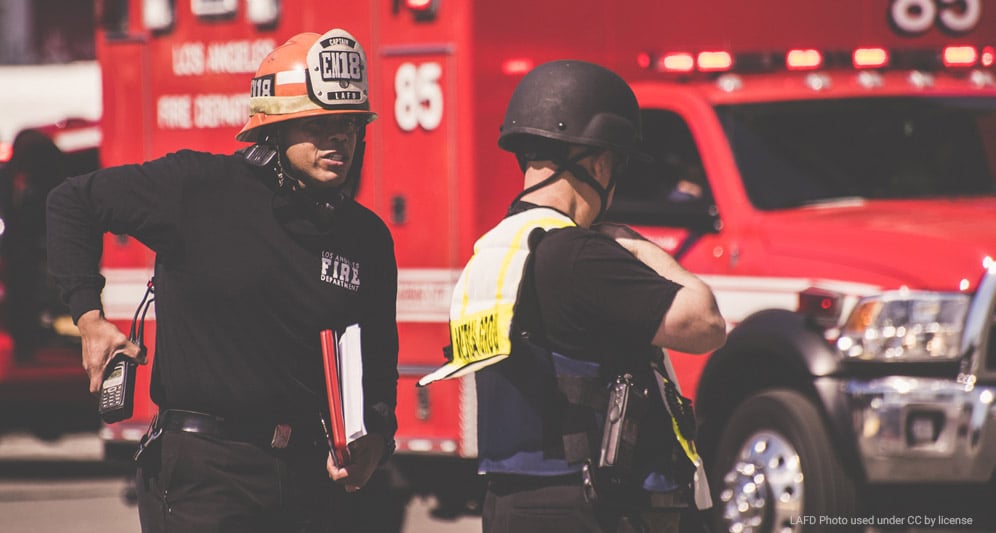Interagency collaboration is the process of agencies working together toward a common purpose or goal.
The Government Accountability Office defines interagency collaboration as “any joint activity by two or more organizations that is intended to produce more public value than could be produced when the organizations act alone.”
Interagency collaboration in law enforcement is a mutual sharing of resources and ideas.
No one wants an outsider overstepping boundaries or telling them how to do things in their department. So collaboration requires respect and clear expectations and boundaries on both sides.
However, when done well, interagency collaboration helps prevent potential issues between departments. Proactive collaboration allows the agencies to set terms and establish protocols for situations where both (or all) of the agencies might be involved.
Collaboration vs cooperation
The terms “interagency cooperation” and “interagency collaboration” are often used interchangeably. But they’re not always the same thing.
Interagency cooperation usually describes a more reactive approach. Agencies deal with incidents as they occur and try to work together as-needed in a professional manner.
Cooperation is often more of a forced arrangement – when circumstances or leaders compel agencies to work together.
Interagency collaboration in law enforcement takes a more proactive approach. Agencies actively plan for potential situations, share information, discuss potential issues, establish join protocols and lines of communication.
Collaboration happens before an incident occurs. Sometimes it’s formalized, such as in interagency committees. Other times it happens more informally, as members of different agencies build relationships, share expertise, and suggest ways for their agencies to work together.

An example of interagency cooperation vs interagency collaboration
Here’s an example to help illustrate the difference between interagency cooperation and interagency collaboration:
A police officer pulls over a driver for a DUI and notices that the driver is behaving erratically and may need medical attention. They call in emergency medical services.
The EMTs want to take the driver to the hospital. The police officers think the driver is just drunk and want to take the driver in for booking. Who makes the final decision?
In a case of interagency cooperation, the officers and the EMTs will have to make the decision on a case-by-case basis. They may waste valuable time arguing, or may have to call in supervisors.
In a case of interagency collaboration, however, the police department and emergency medical services have already communicated beforehand and established protocols for this sort of situation.
The officers and the EMTs will still have to discuss the particulars of the scene, but they will have more context to understand one another’s point of view. They will have guidelines for decision-making that will allow a swifter response that works well for everyone involved.
More than jurisdictional issues
Sometimes, interagency collaboration in law enforcement is a matter of deciding how to work together when in areas where different local, state, and federal agencies share jurisdiction.
But interagency collaboration is far more than just figuring out how to not step on each other’s toes.
Collaborations can help prepare for emergency response situations that involve multiple public safety agencies. If departments have collaborated beforehand, they can respond more quickly and work together more efficiently.
Interagency collaboration may also include opportunities to pool resources to make training more effective while cutting costs.
In some cases, public safety departments may even share other resources. For example, police departments may share a drone with the city’s fire department or urban planning department.
Policy-level issues
Some aspects of interagency collaboration in law enforcement will need to be formalized in a policy or procedure.
For critical situations where multiple agencies will respond, a formal procedure can help things run smoothly.
For example, the police department and fire department may collaborate to create a policy for situations where there is a fire at a crime scene.
A formalized policy will help everyone involved do their jobs effectively.
Firefighters can respond to the fire and make sure the area is safe, but also minimize scene contamination. Police can help redirect traffic and secure the scene, so the public remains at a safe distance and firefighters can work without interference.
Policy-level interagency collaborations may also involve creating shared communication systems for emergency situations.




